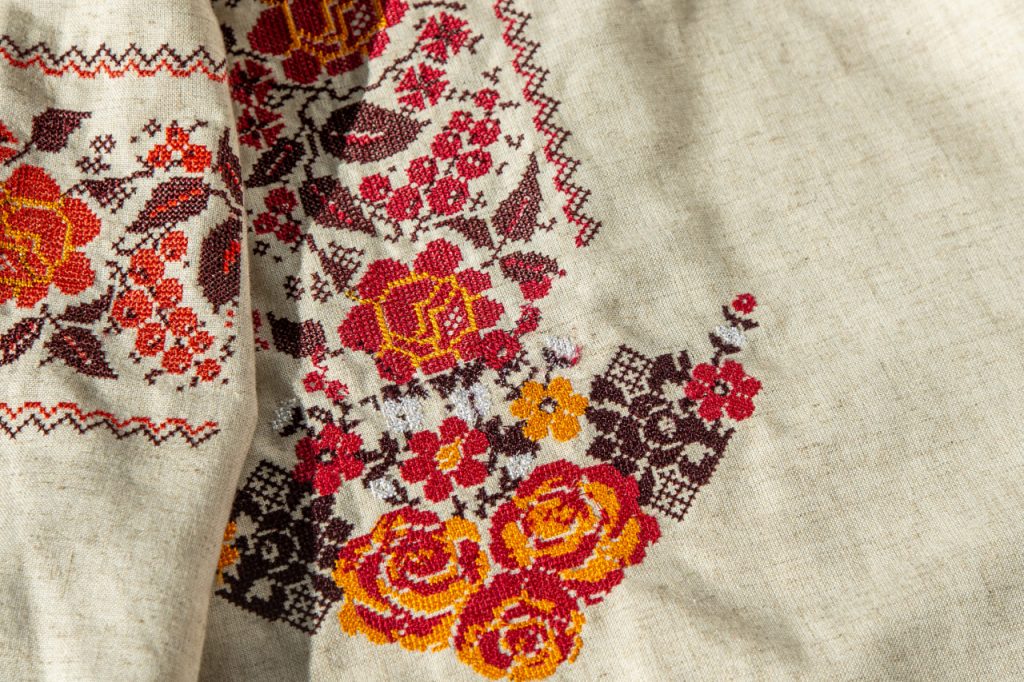Embroidery is a timeless art that combines creativity, technique, and patience. If you’re new to this craft, it can feel overwhelming, but with the right guidance and tools, anyone can create beautiful embroidered pieces. In this beginner’s guide, we will walk you through the essential basics of embroidery, helping you to start your crafting journey with confidence.
1. Understanding the Basic Stitches
The foundation of embroidery lies in its stitches. As a beginner, it’s essential to learn some of the most common stitches. These include:
- Back Stitch: Great for outlining designs.
- Running Stitch: Used for simple line work and detailing.
- Satin Stitch: Perfect for filling in shapes and creating smooth, solid areas of color.
- French Knot: Adds texture and dimension to your embroidery.
These basic stitches will form the core of most embroidery designs, and as you become more comfortable, you can start experimenting with other, more complex techniques.
2. Choosing the Right Fabric and Threads
Selecting the correct materials is key to successful embroidery. For beginners, it’s recommended to start with:
- Fabric: Cotton or linen are ideal for beginners. These fabrics are easy to handle and hold stitches well.
- Thread: Cotton embroidery floss is a great option to begin with, as it’s easy to work with and comes in a wide range of colors.
Make sure to choose a fabric that suits the project you have in mind. For example, a thicker fabric like canvas is perfect for large wall hangings, while delicate fabrics like silk are best for fine details and smaller designs.
3. Getting the Right Tools
While embroidery doesn’t require a lot of expensive tools, a few essentials can make your work easier:
- Embroidery Hoop: Keeps your fabric taut, preventing shifting as you work.
- Embroidery Needles: These needles have larger eyes to accommodate the thicker threads used in embroidery.
- Scissors: Small, sharp embroidery scissors are perfect for cutting thread precisely and trimming excess fabric.
4. Starting Your First Project
To get started, choose a simple project. A beginner-friendly design could be something like a flower or a heart. Begin with a few basic stitches and try to work on a small piece of fabric. This will give you the opportunity to practice your stitches and improve your technique before tackling larger designs.
5. Patience and Practice
Like any new skill, embroidery requires practice. Don’t get discouraged if your first few attempts aren’t perfect. The more you practice, the better your stitches will become. Be patient with yourself and enjoy the creative process!
Embroidery is a journey, and with these basic tips, you’ll be on your way to mastering the craft. Keep experimenting, learning, and creating beautiful, personalized designs that showcase your skills and creativity!

